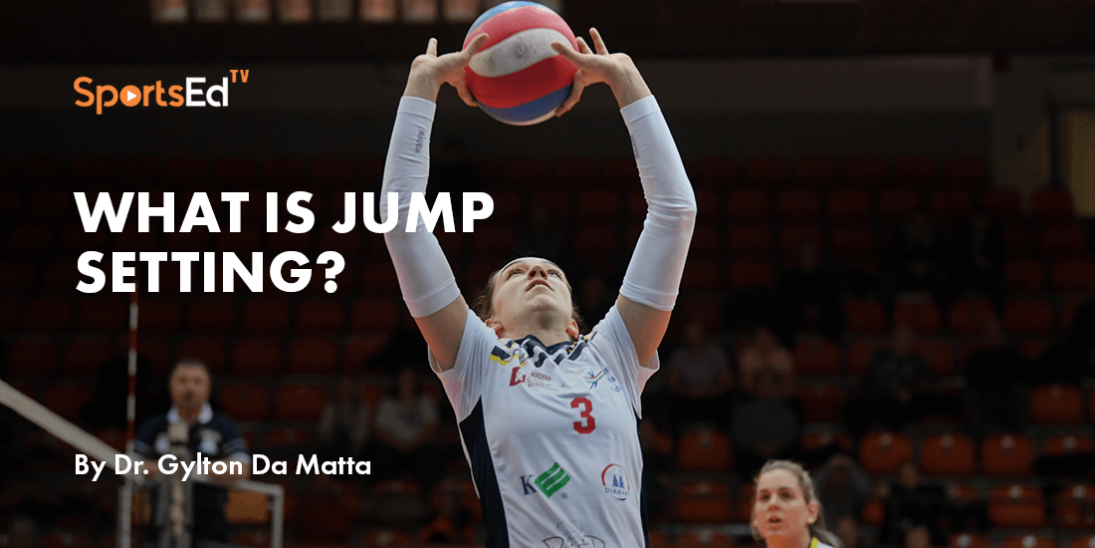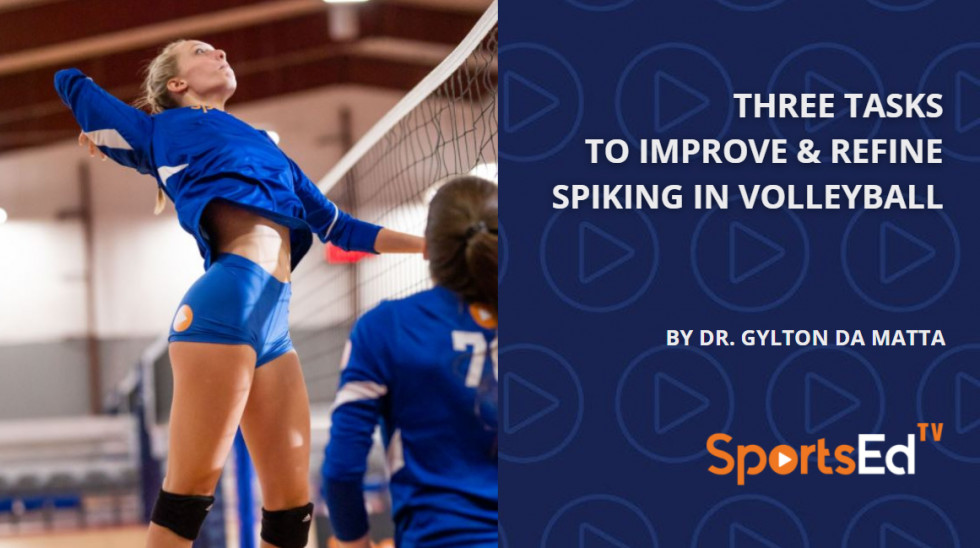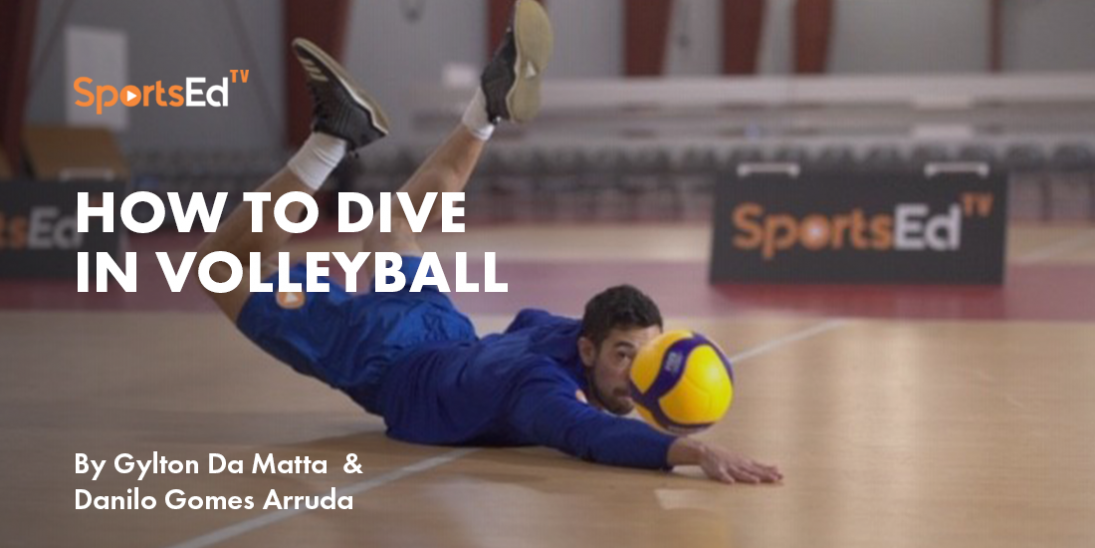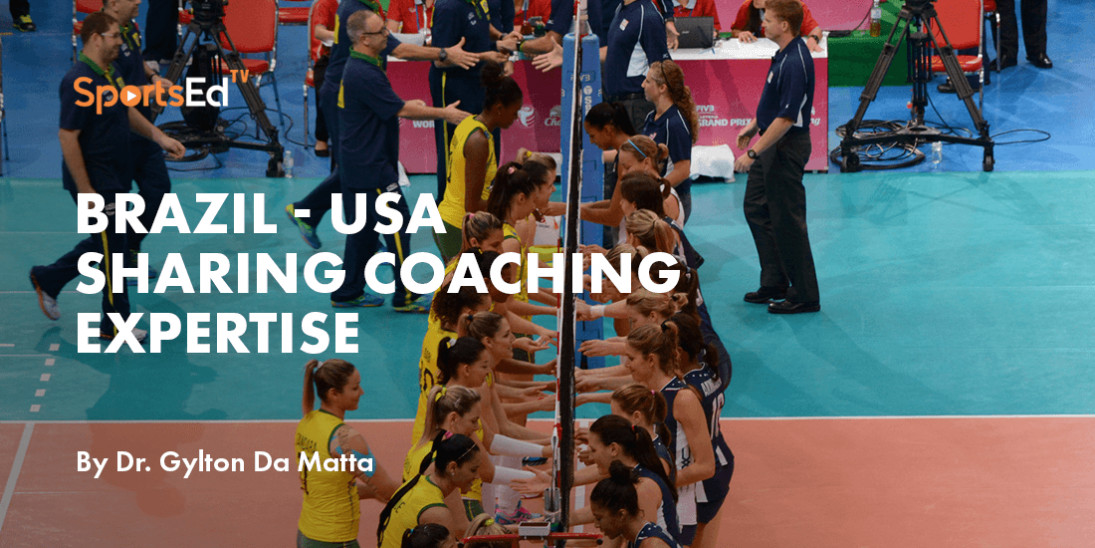Volleyball
Welcome and thanks for visiting...

Get a Powerful Volleyball Serve
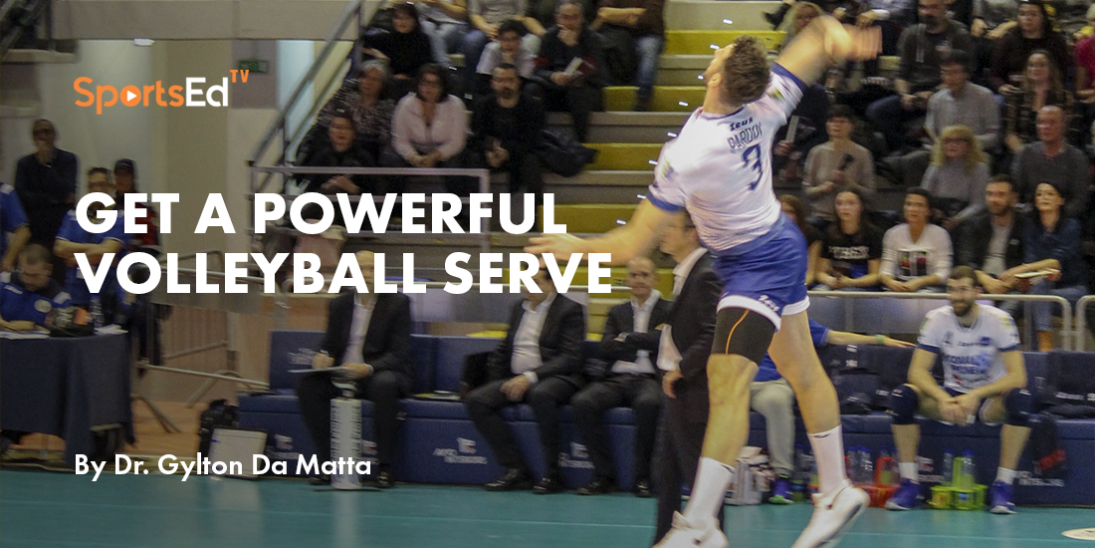
The serve is the first volleyball skill.
Regardless of the skill level of any volleyball competition, the teams that serve more efficiently and effectively will prevail. In this reflection, I will address how volleyball players can acquire a powerful serve. More specifically, I will share key strategies for standing servers and jump servers to better perform aggressive serves.
Every athlete is different, and I understand that coaches might have a different approach to what I want to share. Nevertheless, I would like to propose the adoption of a more extended arm, lifting the ball towards the player's eyes, at the midline, and executing a slightly hip extension before contacting the volleyball.
This is how it works…lifting the ball towards the eyes facilitates eye-hand coordination; extending the hips before contacting the volleyball generates more power and leads to more strength and accuracy in the standing serve. The standing serve is critical for players from 12 to 15 years of age. Although volleyball players believe that serving requires the adoption of a movement concept focused on the hip extension as opposed to the shoulder-based arm action. The overuse of the shoulder leads to the undesired misalignment and inefficient adoption of a movement pattern that could cause injuries. The standing serve should happen close to the midline and with the hitting arm more extended so the player will activate the anterior kinetic chain. Many young athletes struggle to perform the overhead serve but when players adopt lifting the ball slightly toward their eyes and extend their hips before the contact, it becomes much easier to perform a more powerful serve.
In the case of the jump serves (jump floaters and jump topspin), volleyball players must relax more, lift the ball a little bit higher, jump higher and effectively perform a true jump serve.
All over the world, there has been the spread of a jump serving (floater) concept that is very timid. Generally, players resemble a hop, not necessarily a jump, and contact the ball aiming to “pass the ball over the net”. This is not the appropriate concept. A more dynamic movement with a jump that expresses the freedom and the athleticism typical of true volleyball players should be taught and expected.
Most importantly, the jump should be projected forward so players can contact the ball higher and at the aerial space 1 m inside the court. This is how volleyball players can perform a more powerful jump floater.
Now, I would like to share a couple of strategies that can effectively improve the execution of a more powerful and saver jump spike serve. First, the volleyball player must acquire a balanced technique and permit a safe landing.
It is a huge mistake to hit the ball as hard as possible at the cost of players’ safety. Thus, jump servers must practice the whole movement without the ball.
Then, the whole approach must happen in a good alignment and in a similar direction of lift, approach, take-off, contact, and landing.
Furthermore, volleyball jump servers must toss the ball with two hands using the three-step approach and after mastering the timing, progress into the one-hand toss spin while using the four-step approach.
Finally, it is critical to play and perform the jump serve fearless. The jump topspin server can decide a match and/or a whole championship. He/she should perform with confidence and courage.
Serve like nobody is watching!


